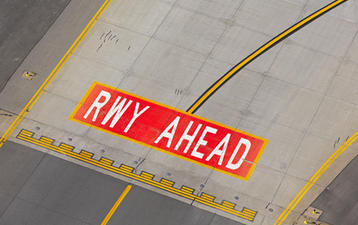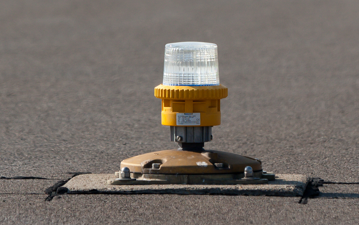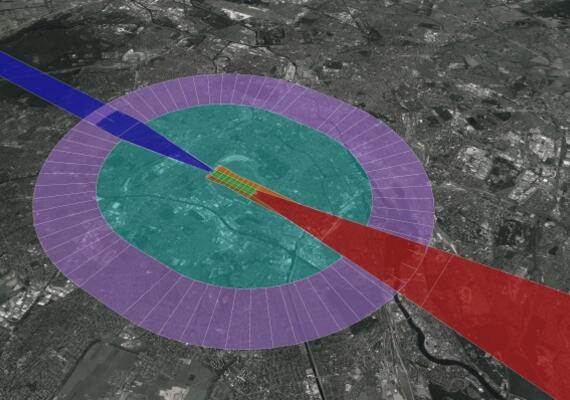Runway construction works with displaced thresholds
Auckland International Airport
Replacing runway pavement is a very challenging exercise – notably for single-runway airports.
As publicly announced in May 2020, Auckland Airport’s sole existing runway will be shortened by 1.1km during the 8 to 10-week construction period, to enable some major slabs replacement in the touch-down zone area.
For this impressive 26 million NZD project, Auckland Airport collaborated with airsight in developing the safety case, along with strong involvement with all stakeholder groups (the local ANSP, airlines, pilot associations and federations).
To avoid a full closure of the runway, the selected method for this project was to temporarily displace the runway threshold.
Such a project involves detailed preparation, to ensure that all infrastructural and operational elements have been carefully considered while not infringing safety. Thanks to some early preparation and some specificities of Auckland Airport, such as the availability of “Work-In-Progress” (WIP) infrastructural elements (secondary PAPI and wing-bar lights) as well as procedures, the project could be implemented earlier than initially planned – using low traffic period during the COVID-19 outbreak.
A Safety Case as a platform for collaboration
As commonly accepted in the industry, the key to the success of such project is a close collaboration with stakeholders, to iteratively identify and evaluate available options and finally, commonly agree on the best solution.
In this process, the development of a safety case plays a major role: it facilitates open-communication with stakeholders, structures the discussion around well-known principles, and while minimising risks is the top-priority, enables the consideration of numerous other aspects, such as feasibility and costs, environment and social responsibility, etc.
Visualisation to manage complexity
A project of this nature and associated safety case is highly complex, due to the very high number of scenarios and sub-elements to consider. Just to name a few: aircraft performance limitations, visibility conditions, aeronautical publication and AIRAC cycle constraints, transitions between phases, adverse weather conditions, work-site height limitations, etc.
Additionally, due to the temporary nature of the construction work, lighting and markings, navaids (ILS) can often not be made available to their normal extent.
To manage such complexity and to ensure that all stakeholders quickly understand without any ambiguity the proposed options – notably the complex lighting and markings considerations, airsight models the airport environment and construction site in 3D, to finally produce photo-realistic flight-simulations in different scenarios.
These simulations were used for the safety-case workshops, but also, for the briefing of the flight crews: as operating on a temporary displaced threshold runway visuallysignificantly differs from the expected standard operating conditions, the final results are made available to the stakeholders.
Auckland Airport is one of many airports airsight supports for managing technical aviation projects with multiple stakeholders in a highly complex environment. Please feel free to contact us to discuss the challenges you may be facing and for more details on the Auckland Airport project.
Key Facts



